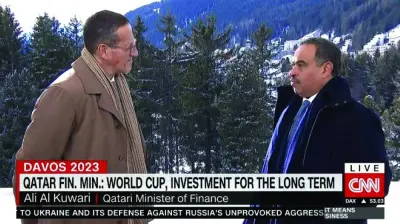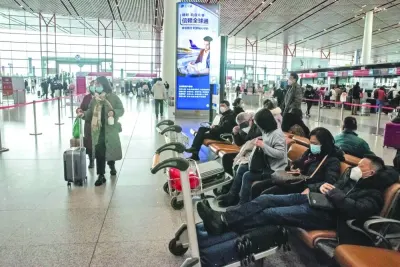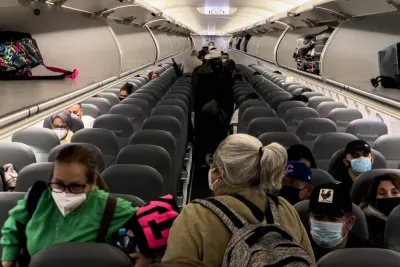Commercial Bank Group reported consolidated “record” net profit of QR2.8bn in 2022, up 22% on QR2.3bn in 2021, driven mainly by an improvement in operating income and higher contributions from its associates.The board of directors proposed a dividend distribution to shareholders of QR0.25 per share, which amounts to 25% of the nominal share value.The financials and proposed dividend distribution are subject to the Qatar Central Bank approval and endorsement by shareholders at the bank’s Annual General Meeting.The Group's balance sheet increased by 2.2% as on December 31, 2022 with total assets at QR169.1bn compared with QR165.5bn in December 2021. The increase was mainly in due from banks and investment securities.Customer deposits increased by 1.5% to QR83.2bn in December 2022, compared with QR82bn in the same period in 2021.Loans and advances to customers were flat at QR98bn in December 2022.Commercial Bank chairman Sheikh Abdullah bin Ali bin Jabor al-Thani said: “Our robust financial and operational performance for the year 2022 reflects our clear strategy and the Qatari economy’s growth over the last year. 2022 will be remembered for the successful execution of the FIFA World Cup Qatar 2022, proving Qatar’s ability to execute flawlessly on world events and draw a global audience, reinforcing its efforts to serve as an international destination for tourism, commerce, sports and culture.“Commercial Bank is privileged to have played a role in the continued development of Qatar’s banking sector particularly in the digital space and in servicing its community to the highest degree in 2022. We look forward to another positive year in 2023, in line with the country’s projected upward trajectory.”Commercial Bank’s vice-chairman Hussain Alfardan added: “Commercial Bank has seen a strong 2022 affirmed by good growth across our key segments and a healthy bottom-line which was the second consecutive year of record profit achievement. Our performance stems from our five-year strategic plans, very strong execution and Qatar’s positive macroeconomic fundamentals, which we expect to continue into the New Year.“Our robust efforts on the financial and operational front have resulted in the bank winning several significant accolades, including “Bank of the Year” in Qatar by The Banker Magazine. We continue to support the bank’s management in their efforts to position Commercial Bank as the leading bank in Qatar and look forward to continuing to realise this vision in 2023.”Commercial Bank’s Group chief executive officer Joseph Abraham commented: “Commercial Bank reported strong set of results for the year ended 31 December 2022, maintaining the momentum and strong execution of our five-year strategic plan.“Our associates continue to deliver improving performance with net profit from associates of QR222.3mn compared to the previous’ year profit of QR129.3mn.“Alternatif Bank reported a net profit of TL1,066.3mn compared to a net profit of TL76.5mn for the previous year. However, the results for 2022 are impacted by the hyperinflation accounting by TL943.2mn. With hyperinflation adjustment, the net contribution of Alternatif Bank is TL123.1mn”, Abraham said.Commercial Bank group chief financial officer Rehan Khan said: “Net provisions increased by 7.3% compared to last year due to continued prudent provisioning. Net cost of risk stood at 121 basis points, within the guidance provided for 2022.“As of December 31, 2022, NPL ratio stood at 4.9% compared to 4.7% in 2021, whilst coverage ratio strengthened to 105.4% from 97.4% in 2021 reflecting the bank’s prudent approach on credit risk management. Despite higher provisions, net profit improved by 22% compared to last year.”

Pratap John
Pratap John is Business Editor at Gulf Times. He has mainstream media experience of nearly 30 years in specialties such as energy, business & finance, banking, telecom and aviation, and covered many major events across the globe.
Most Read Stories























